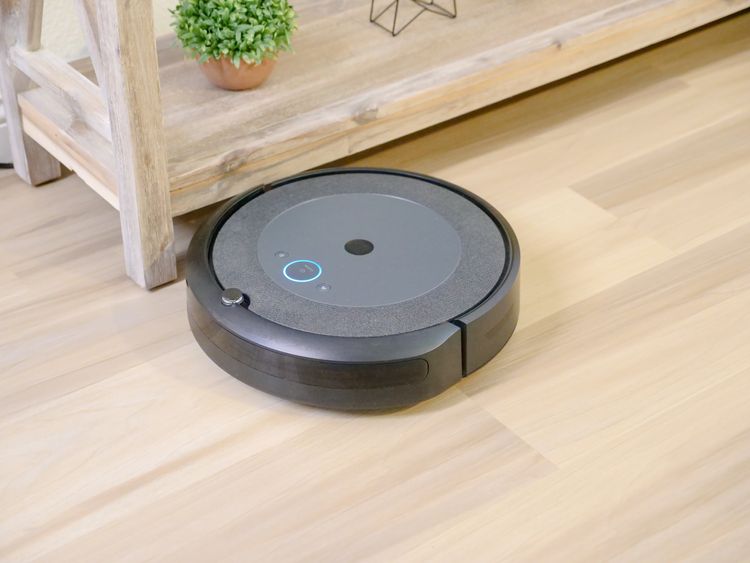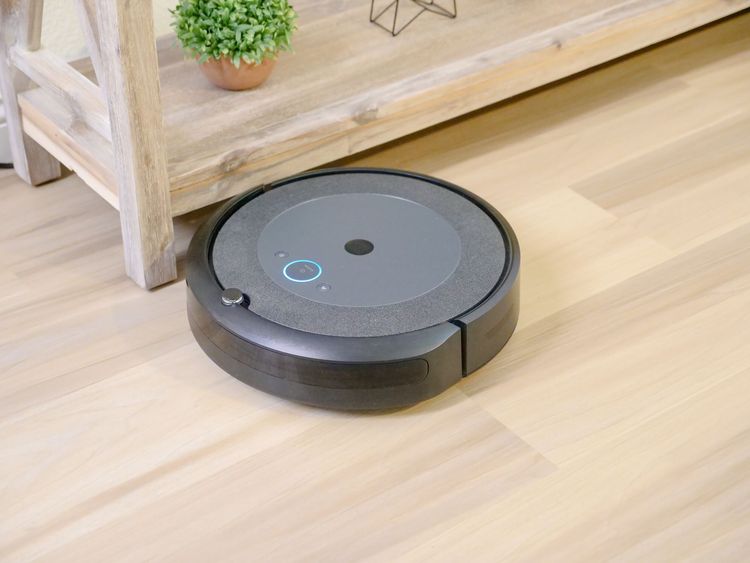🦀 PT Crab Issue 75 - Ride that Tiger

This week it’s a tiger two-fer, with an article actually titled “Riding a Tiger” that’s about manual therapy for pelvic pain and another one about the physical therapy services that were provided at the South Korean Winter Olympic Games (the Korean Peninsula has a tiger-shaped legend to it). For the King Crab supporters (sign up to support here: PTCrab.org/subscribe), we’re also talking about how “Some types of exercise are more effective than others” for chronic LBP (a boring title but good paper) and a new return to sports testing battery for the shoulder. The supporters keep PT Crab alive since we make very little from ads (and I don’t like ads anyway). If PT Crab adds value to your life and practice, please consider becoming a sustaining member. You get a lot that’s summed up on the subscribe page as well. Thanks!
Also this week, do you have a favorite messenger or sling bag? I want to hear about it. I like my Timbuk2 and Rickshaw BagWorks bags, but I’m still seeking my own Platonic Ideal of a messenger bag, so send me the brands you like. I trust ya’ll’s opinions. Just reply to this email with the brand or bag you like. Thanks!
Also, if you got something really cool for Christmas, I want to know. I love cool things. PT related or not, lmk what you got. I got an amazing shop apron signed by Mythbuster Adam Savage. It’s great and I hope to use it for the rest of my life.
With that, let’s dive in!
How does manual therapy for pelvic pain work anyway?
The Gist - Manual therapy for the relief of pelvic pain is incredibly common according to this survey and analysis. There’s a huge variety (a constant problem when assessing it with research) but it appears that no one is much better than any other. Because of that, the authors of this paper in the Journal of Women’s Health Physical Therapy wanted to dig a bit deeper into theories of how it works. I don’t have room for it all here, so see the paper for details, but here are some highlights.
- Manual therapy definitely causes joint motion and changes tissue quality, but we don’t know how much this is related to its actual outcome.
- The effects of therapy depend on the context in which it is applied.
- Things like patients and provider expectations change the outcome, pointing out that it can’t all be mechanical.
- A combination of patient and provider preferences can have a huge effect on whether the manual is considered to be helpful.
So, where does that leave us? We know that patients like manual therapy and that it does work even in bad contexts, but not as well. Manual therapy is as much about the setting, story, and language as the hands-on skills and we don’t understand everything about it.
Tell Me More - If you made it this far, I recommend popping open the open access paper. Since this is a narrative piece, it’s quite easy reading compared to most of the research I send your way. If you’re not down for that, I’ll emphasize again that manual therapy is about context, narrative, story, and setting. We all know that poor clinic design, annoying forms, ratty Venetian blinds, and crabby front office people detract from the experience of PT, right? Well, manual for pelvic pain is a bit like that, just not as dramatic. A comfortable environment, a trusted clinician, a relationship, and the belief that it will work are all necessary for effective manual therapy in any context, but especially in pelvic pain, according to this piece. I know that you know this, but you need to really practice this to make it as effective as possible. That’s what the paper is laying out for us.
Fine, I’ll read it. Finally, geez.
How Olympians Used PT
The Whole - With the 2022 Winter Olympics fast approaching, I thought it’d be fun to check out how PT was used in the PyeongChang Winter Games from back in 2018. The winter sports are much smaller than the summer, with about 3,000 athletes showing up to South Korea four years ago. At these Olympics, there were quite a few options for physical therapy, including the polyclinics that we’ll talk about next, PTs from each country’s teams (if they brought any), physical therapy rooms in the athlete’s village, and basic equipment scattered about for athlete use. The polyclinics in PyeongChang were located near the mountain venues for skiing, snowboarding, and the like, and downtown at the short-track speed skating and figure skating venues. Everyone who got PT at one of these clinics needed a prescription from an MD working nearby.
Each clinic had about 8 PTs and one team leader per shift (two shifts/day) for a total of 17 PTs at a time and 34 overall. They were all Korean PTs with at least a Master’s degree.
Now for the injuries:
On the mountain, the visits were:
- 24% lumbar
- 15% knee
- 16% multi-area
- 9% ankle
- Other body areas each made up less than 5%
In the city, visits were:
- 16% upper leg
- 11% hip/pelvis
- 11% neck
- Other body areas each made up less than 7%
A staggering 50% of these injuries were overuse and only 5% were due to falls (which is nuts since some folks jump 80 feet at 70mph, wowza). The injury rate was about 43 per thousand athletes (4.3%) with 109 visits per thousand (because some people went a bunch).
I could go on, but I won’t. You know where to find out even more, like the modalities they used, more details on injury types, recommendations for 2022, and more.
Wait, where do I go? Here to see the whole paper, duh :p
And that’s our week. If you didn’t get me a Christmas present this year (and I’ll bet you didn’t), you can make up for it by tweeting, sharing, forwarding, or anything-ing PT Crab and / or this email. You’re how we grow, thanks for helping us continue to do so.
Bye!
Here’s this week’s bibliography for you nerds out there.
- Bishop, M. D., Bialosky, J. E., & Alappattu, M. J. (2020). Riding a Tiger: Maximizing Effects of Manual Therapies for Pelvic Pain. Journal of Women’s Health Physical Therapy, 44(1), 32–38. https://doi.org/10.1097/JWH.0000000000000156
- Chang, J. Y., You, S. H., Grant, M. E., Lee, J., Kim, T. G., Kim, K.-S., Chang, J. S., Choi, J. Y., Lee, Y. H., & Kong, I. D. (2021). Review of physiotherapy service for athletes of 2018 Olympic Winter games: Consideration of preparation for two polyclinics. Physical Therapy in Sport, 49, 106–111. https://doi.org/10.1016/j.ptsp.2021.02.012






Comments
Want to leave a comment and discuss this with your fellow PTs? Join PT Crab and get summarized PT research in your inbox, every week.